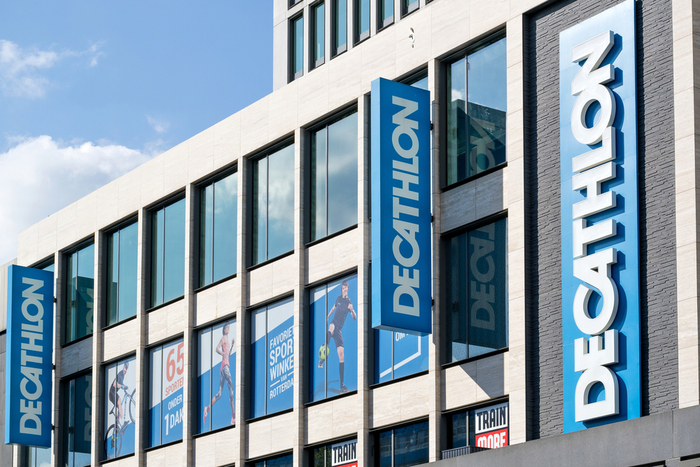One of the largest sporting goods manufacturers and retailers in the world, Decathlon currently operates in 61 countries and is home to more than 1,700 brick-and-mortar stores. With a mission to make sports more accessible for all, the company believes in the importance of serving users’ needs through experience optimisation, especially as its base has continued to scale.
Specifically, the giant’s Germany team has seen the power of embracing a tailored approach. Managing experience delivery in-house for years, the organisation eventually began facing new challenges as it tried to meet rising consumer standards. As a result, Decathlon sought a solution that could not only help them create seamless digital experiences across touchpoints, but also one that was agile and could give them more testing flexibility.
Modern solutions for modern challenges
For starters, the team knew they needed to reimagine their existing client-side approach, which refers to implementing A/B testing via placing traditional JavaScript tag(s) into the HTML of the website pages and then launching campaigns through a user interface. While this method makes it easy for business users to experiment with the site, server-side testing is becoming a popular alternative, allowing for faster and more relevant experiences. However, as this is typically provided by a vendor in the form of a REST API, deployment requires more development resources, which can slow campaign timelines.
Ensuring the best of both worlds, Decathlon decided to take a hybrid approach. This enabled the implementation of API-based campaigns (which pre-renders content from the server-side) for optimised speeds, while also offering the ability to quickly launch campaigns on the client-side.
A more emotional homepage experience
With over 140 million customers worldwide, the team at Decathlon wanted to evoke emotion for site visitors and create a better navigation experience on the homepage to guide users to the most relevant products. Product discovery was key here, seeing as Decathlon is home to products from more than 100 sports, from yoga to kayaking, and more.
Interested in testing two versions of its homepage against one another: one being its existing homepage vs. one with a fresh look and new content, Decathlon decided to launch the experiment on the server-side, which gave them the flexibility to run split tests as well as incorporate tailored experiences for the new homepage. Eventually, the team was able to deliver 40+ different experiences on its new homepage, which it later optimised and further personalised after witnessing positive results.
Prior to launching, the team looked to past tests it ran on the site to inform its homepage strategy. For example, they built a navigation experience on specific product listing pages (PLPs) to make filters more front-and-center. Built on the client-side, it drove both clicks and conversions. As a result, the success of this campaign inspired the team to build a similar experience for the homepage.

Personalising the homepage content to better resonate with different types of athletes, affinities, demographics, and more led to a more compelling user experience. Decathlon also identified audience-specific learnings, such as the positive impact this approach had on users with affinities for running, fitness and pilates. These learnings helped the team iterate on existing test ideas and optimise the performance of campaigns in real time to consistently yield better results.

A process centered around implementation flexibility
As the team at Decathlon looked to scale its personalisation efforts, it knew it couldn’t skimp on speed, reliability, or security. Using the hybrid approach, the sports retailer was able not only able deploy web and mobile web campaigns on both the server- and client-side, but also:
- Keep data secure using a powerful set of APIs
- Flexibly test and launch campaigns quickly using server-side code
- Minimise script impact using asynchronous loading
The team regularly assesses existing campaigns for personalisation in order to make optimisations or develop a testing pipeline. And because the team uses a hybrid approach, they are able to first deploy tests on the client-side to decrease time-to-launch, reserve developer resources, and gather an initial performance read on the success of an idea. If the test results are positive, the team then rebuilds the campaigns on the server-side, ensuring optimal site performance and leaving customers satisfied. With this reliable process in place, the team at Decathlon is now expanding its testing phase, making personalisation a core element of its digital operations.
To learn more about how Dynamic Yield can help you achieve or surpass your unique business goals with personalisation, visit dynamicyield.com, schedule a product demo, or set up a free knowledge sharing session with an Experience Optimisation expert from their team.
Click here to sign up to Retail Gazette‘s free daily email newsletter


















